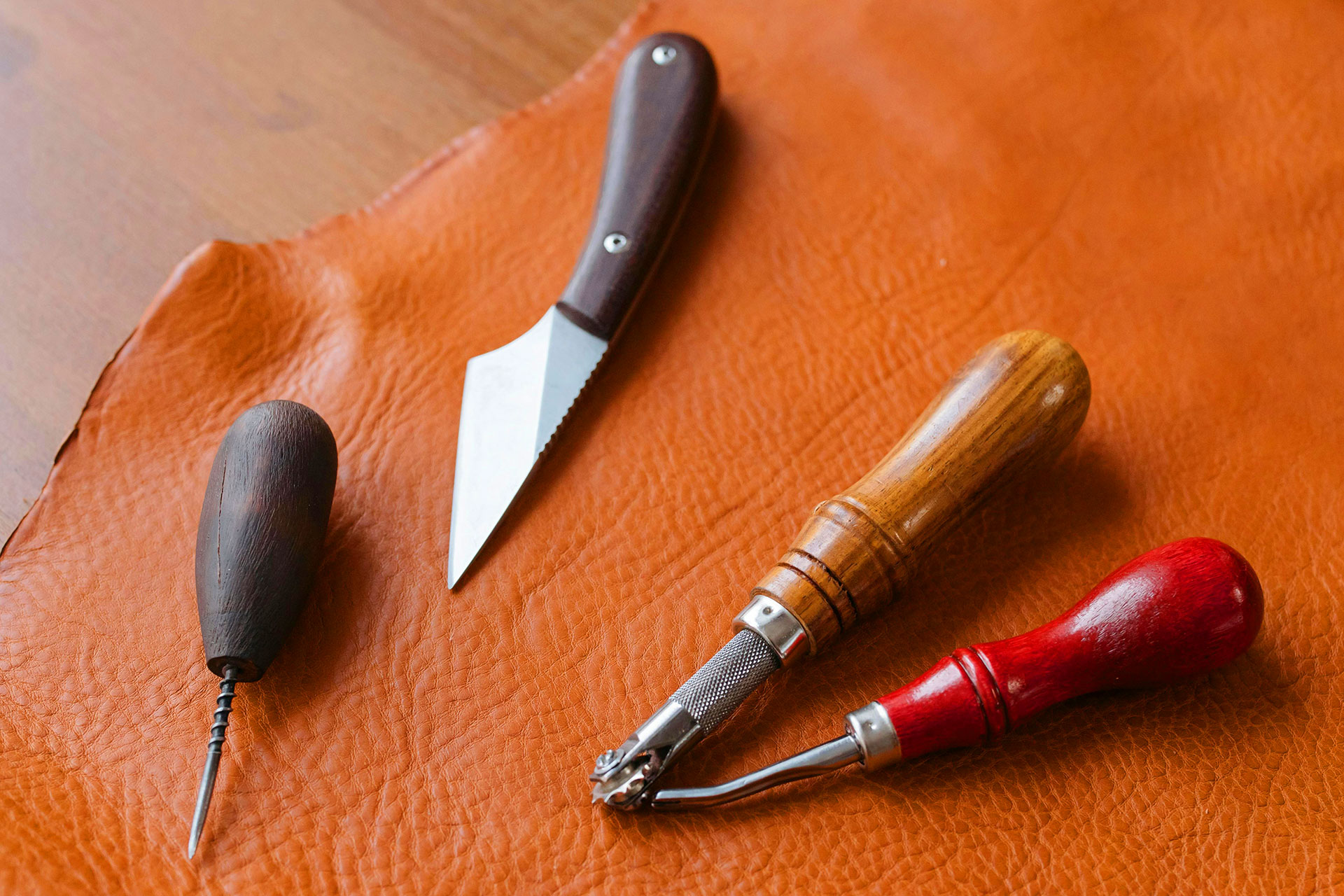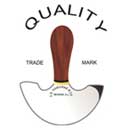
19 Jun Handmade Starts with Hand Tools, But Only the Right Ones
There’s a lot of talk about “handmade” these days. It’s stamped on tags, printed on labels, and splashed across websites. But dig a little deeper and you’ll find out, not all “handmade” is created equal. Because true handmade work doesn’t just start with hands. It starts with the tools those hands trust.
The Hand is Only as Good as what It Holds
Even the steadiest hand can only do so much if the tool it holds fights back. A dull blade. A wobbly handle. A stitched who skips or pulls.
The wrong tool doesn’t just make the work harder, it changes the outcome. Edges fray instead of cutting clean. Holes punch wide and sloppy. Seams pull crooked, no matter how careful you are.
Real handmade quality? It’s not just the skill of the maker. It’s the conversation between hand and tool, and that conversation has to be fluent.
Tools That Elevate, Not Just Operate
The right tools don’t just function. They elevate. They sharpen instincts. They make small corrections without the maker even thinking about it.
What sets them apart?
- Steel that holds an edge longer than a single afternoon
- Handles that balance weight so the wrist doesn’t fight the blade
- Blades honed for precision, not speed
- Punches and awls that pierce cleanly without dragging the material
With the right tools, hands don’t hesitate. They move like they already know the way.
Every Material Has Its Own Demands
Leather pulls one way. Canvas another. Wool resists. Vinyl stretches when you’re not looking.
The right tool meets the material halfway. A curved needle for upholstery. A round knife for leatherwork. A creaser that follows the grain, not fights it.
Good tools aren’t made to overpower the material. They’re made to listen to it.
Handmade Should Feel Effortless, But Only Looks That Way
When you see true handmade work, it seems simple. Clean lines. Tight stitches. Smooth edges that look like they were always meant to be.
What you don’t see is the patience. The hundreds of small adjustments. The split-second choices that only come with hands trained by the right tools.
It looks effortless because the maker isn’t wrestling with their gear. They’re moving with it.
Conclusion
True handmade isn’t fast, and it isn’t loud. It’s quiet. Intentional. And it only happens when the tool in your hand disappears into the work. When it feels less like an object and more like an extension of what you know needs to happen next.
Because in the end, handmade isn’t just about working by hand. It’s about choosing the right tool and letting the hands do what they were made to do.


